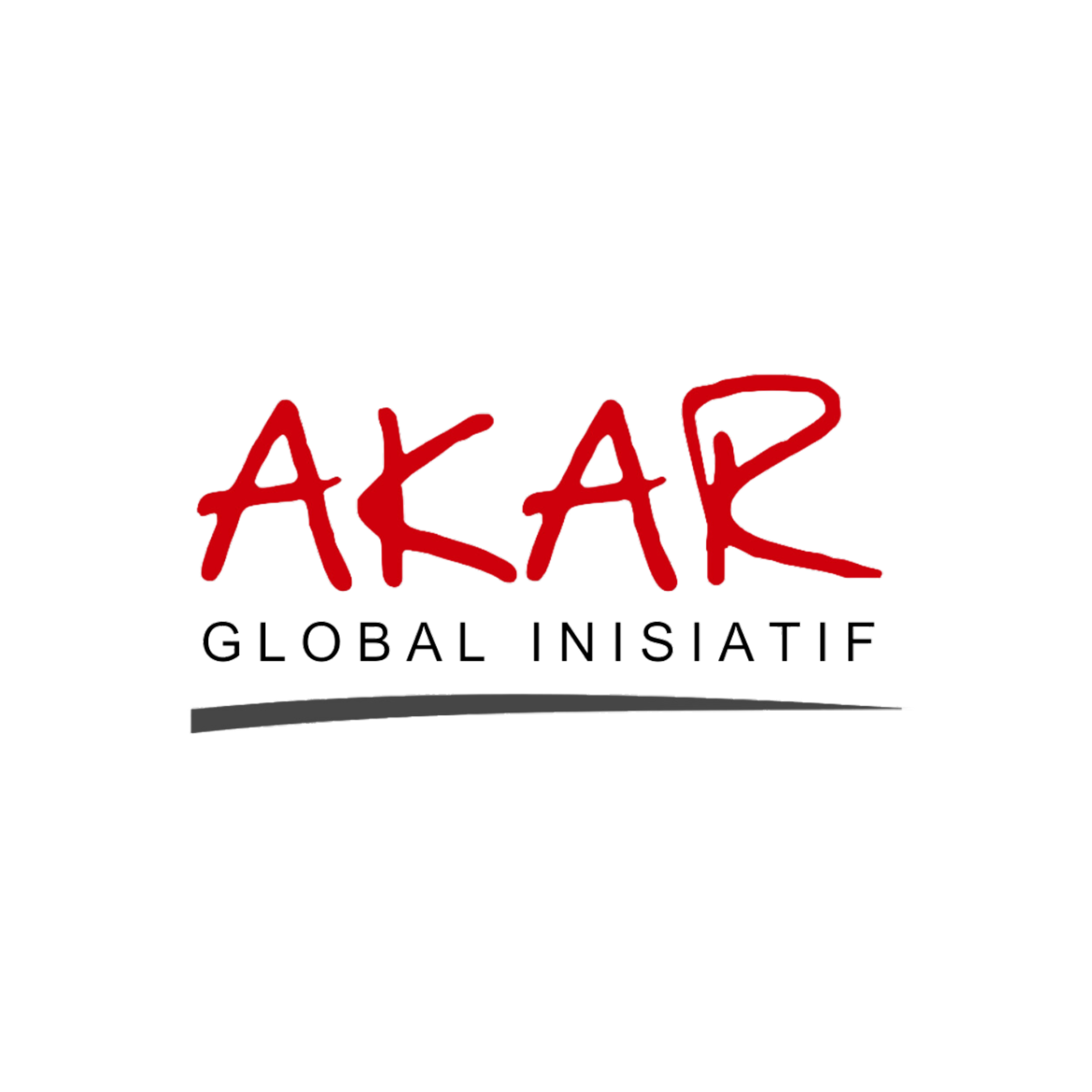 By, Pramasty Ayu Kusdinar
By, Pramasty Ayu Kusdinar
The problem that arises from the perspective of women in rural areas is certainly not merely born of the GAGGA-PRSGF-funded project. The GAGGA-PRSGF-funded project is one of the opportunities that I see can help me and the community to hack into the problems that “we” face in the village.
“We” is the terminology that I use to symbolise my identity with the women’s group that I accompanied in the countryside and means that there is no patron-client relationship between me who represents part of the community companion institution and the community itself. “We” are subjects who are equally fighting for our rights to the injustices that we feel.
Nearly half his age, the people living on the edge of the forest risk their lives, lives and the future of their families to fight for the rights to the land that the State seizes. Repressive actions experienced by the community left an impression and left a deep trauma. So that in order to manage and produce the land, the community must clandestine so as not to experience the same thing as when the peak of repressive actions by the forestry apparatus in 1992-1998. However, the repressive action then slowly diminished in the beginning of the reformation with the emergence of a new paradigm of open conservation. This paradigm is then better known as Social Forestry.
This Social Forestry is a forest development program involving the community or Collaborative Forest Based Management. This collaborative model of forest development and management with the community is then referred to as Jokowi’s Social Forestry policy in its interview which aims to hack into the poverty of people living around and on the edge of the forest.
But is it true that the program can hack the problem of poverty?
After gaining access to manage his living space through Business Permit for Community Forest Utilization (IUPHKM), 721 heads of households living in the villages of Air Lanang, Tanjung Dalam, Tebat Pulau, Tebat Tenong Dalam and Baru Manis have the certainty to manage their living space which has been claimed as an area State forest. The community began to feel calm about gardening, more productive in managing their land by applying agroforestry patterns. But the problem is; first, the number of community harvests can increase 3-fold per year, but the increase in the amount of forest commodity production does not have an impact on the condition of people’s welfare Second, the abundant production is then used to pay off family debts and is used for shopping for detailed products, not investments. Third, both of these issues then have an impact on the mindset of the community, especially men who are the heads of families who hold community forest management permits to be commodity oriented. This means that he will only plant crops in community forest areas with plants that have economic value and have market demand.
While on the other hand, when I was living in some of the villages, I was often served canned food or instant noodles and even found many variants of flavouring in the HKM farmer’s household kitchens. This then became my concern and women’s groups to replace the mindset of commodity oriented with Food Security and break away from the food industry invasion that changed the taste of the tongue of the forest edge community.
One of the efforts that “we” did was to spread this awareness to other women, increase their capacity with knowledge and skills related to the management of food sources around community forest areas and encourage the interests of governance of women-based community forest areas through intervention towards families and the HKM group in each village. This activity has been supported by the GAGGA-PRSGF-funded project for approximately 6 months.
